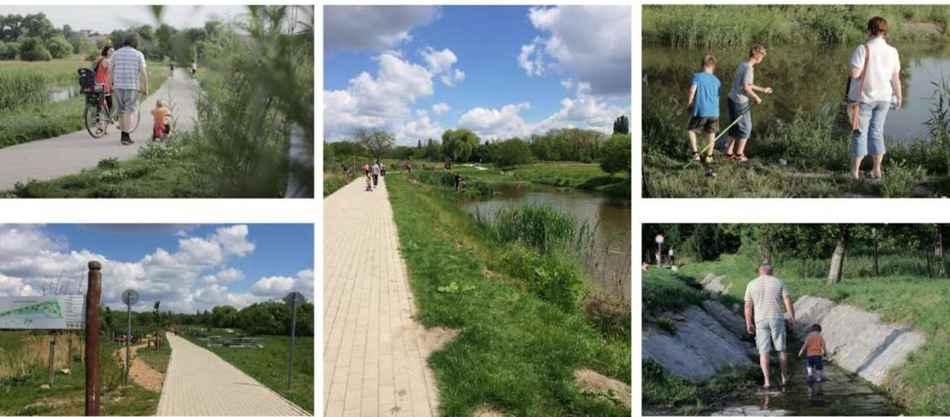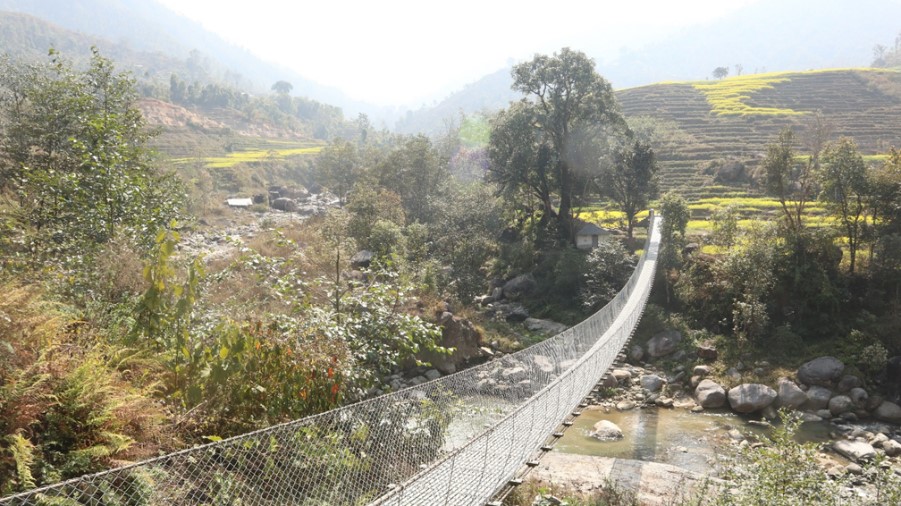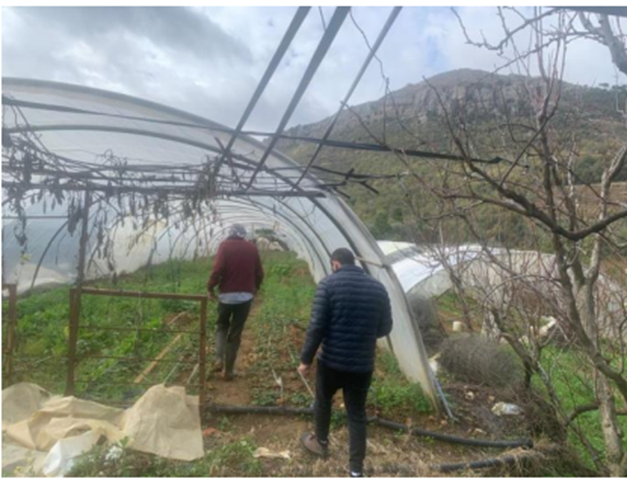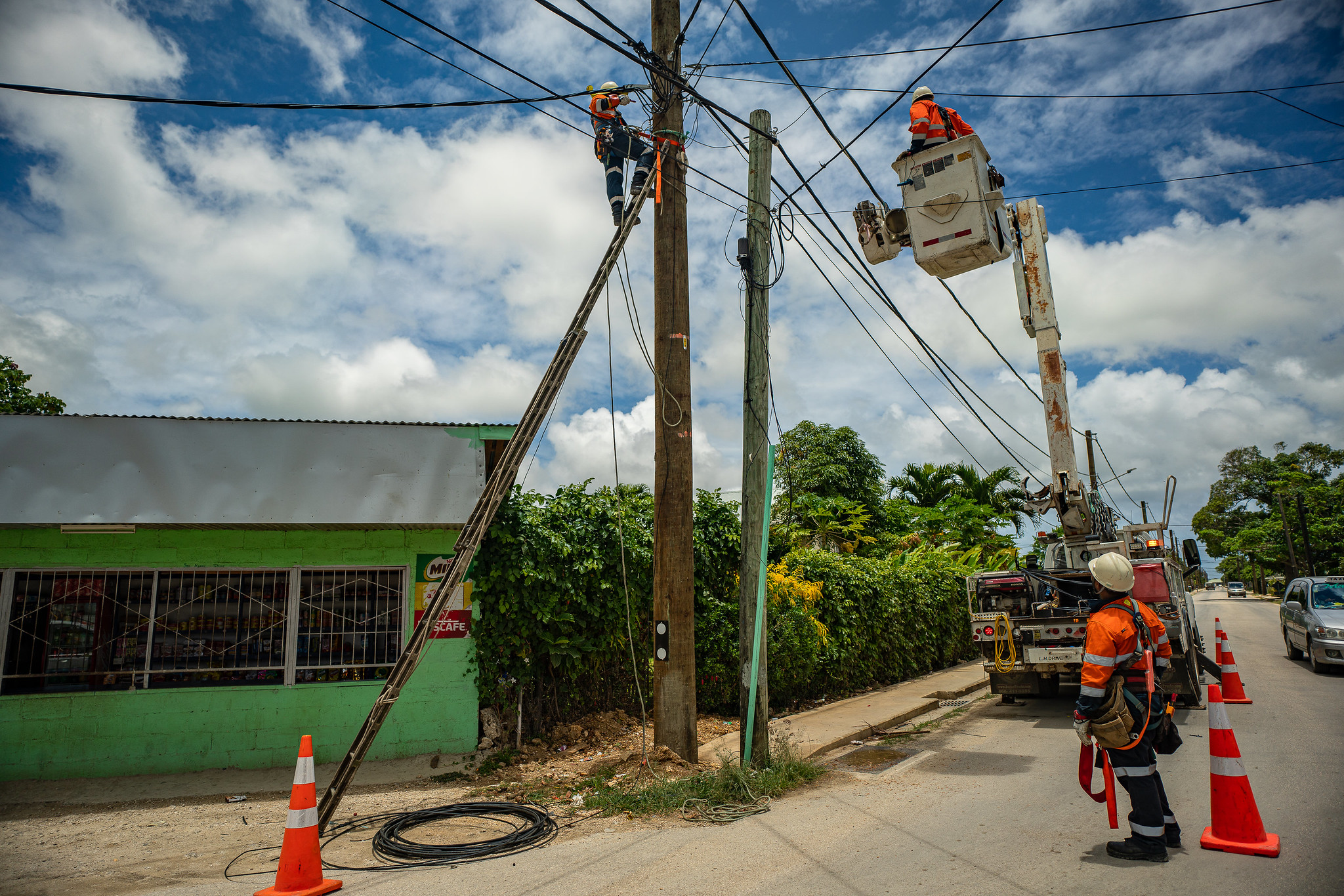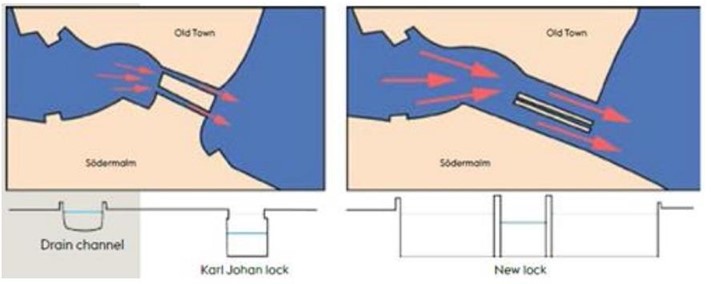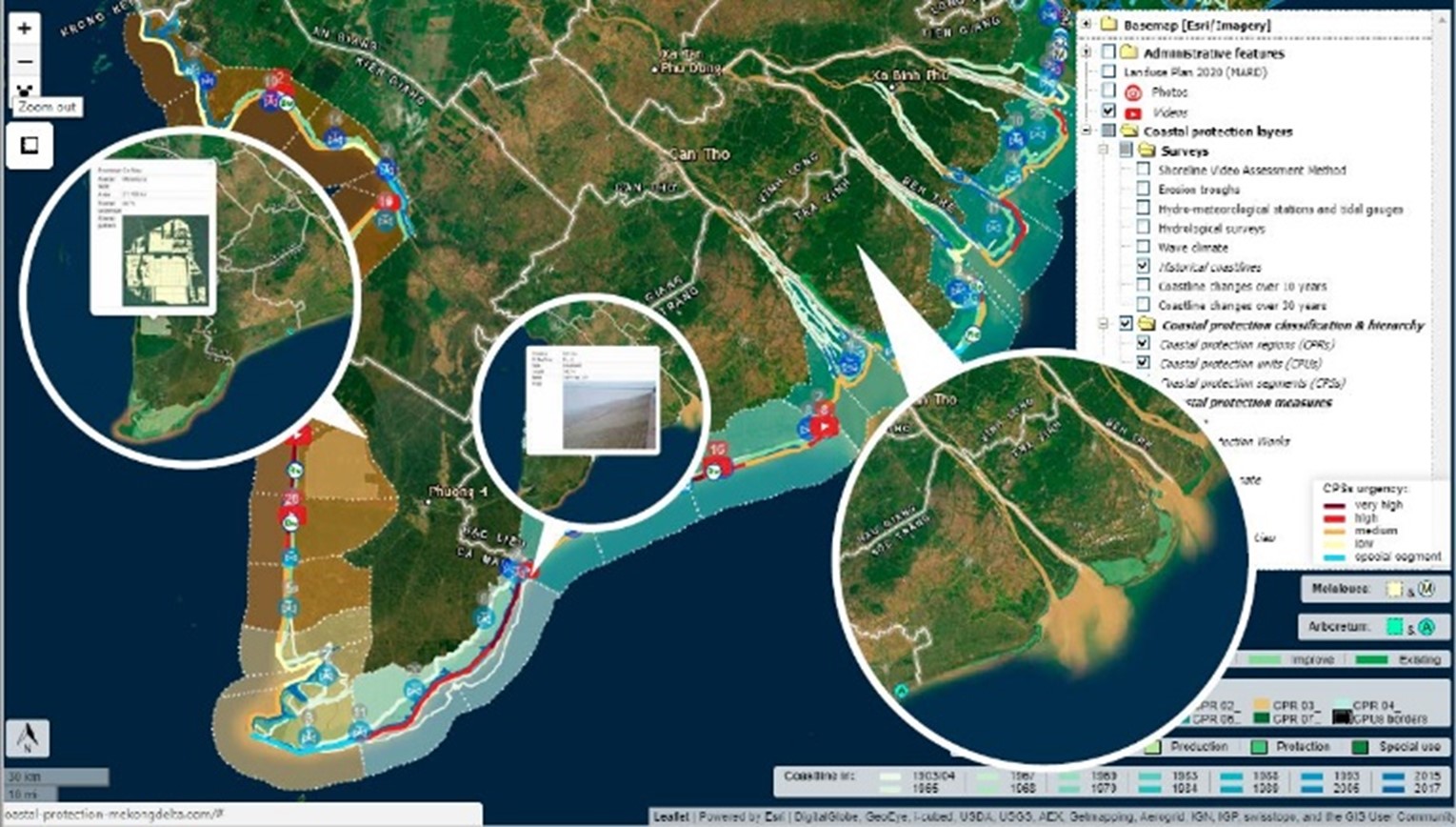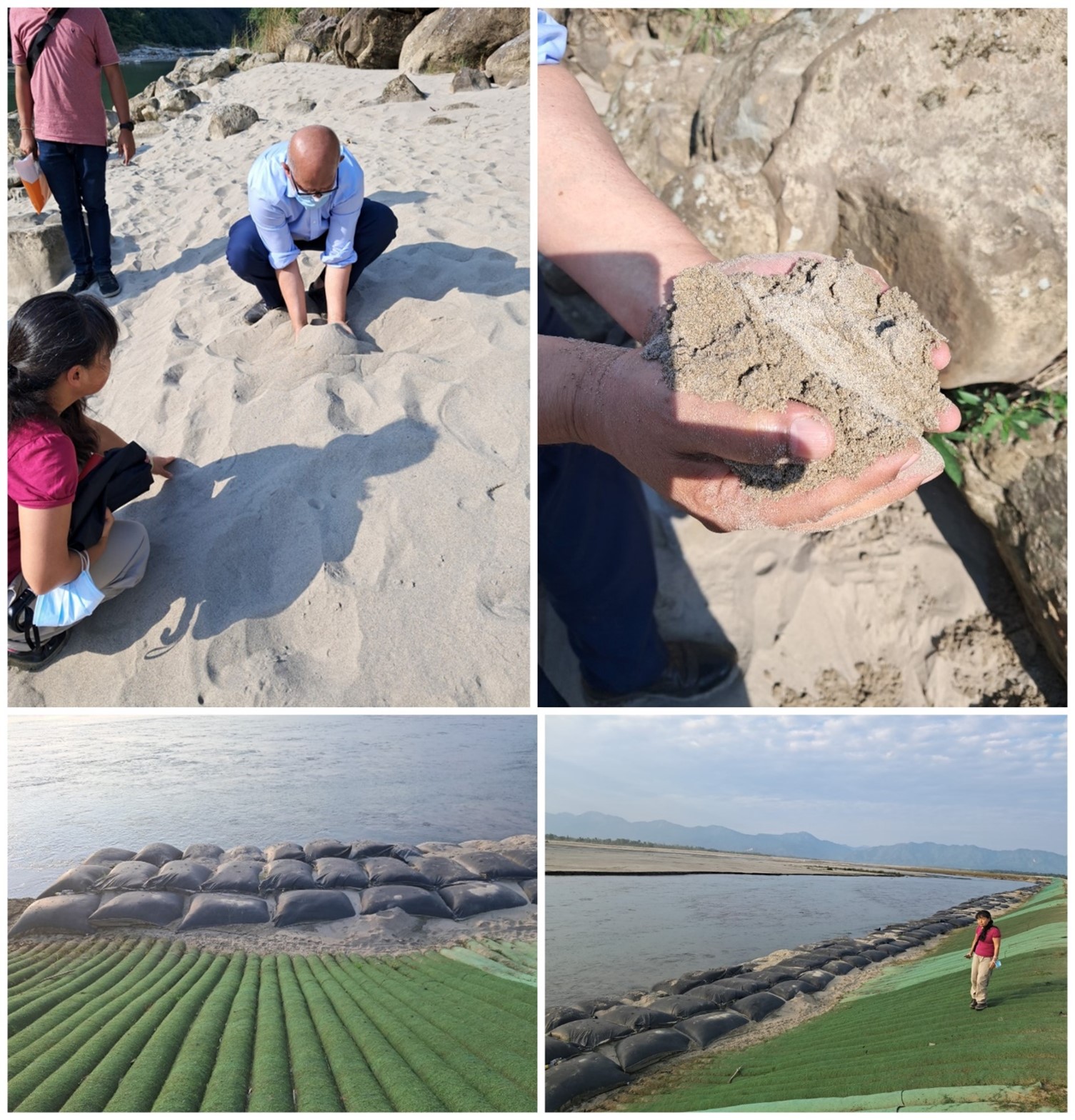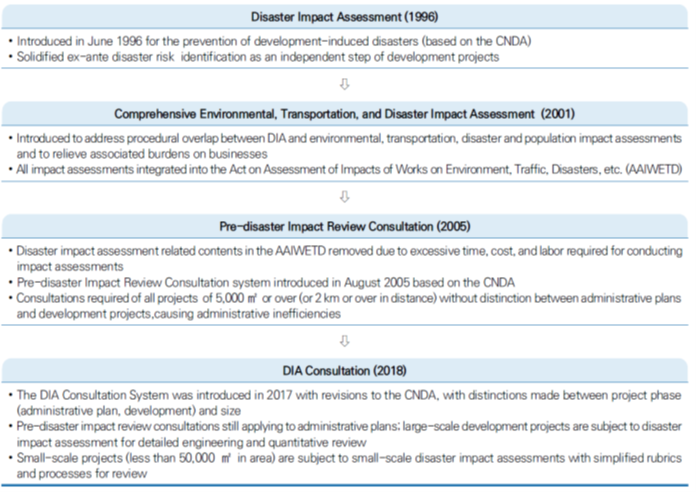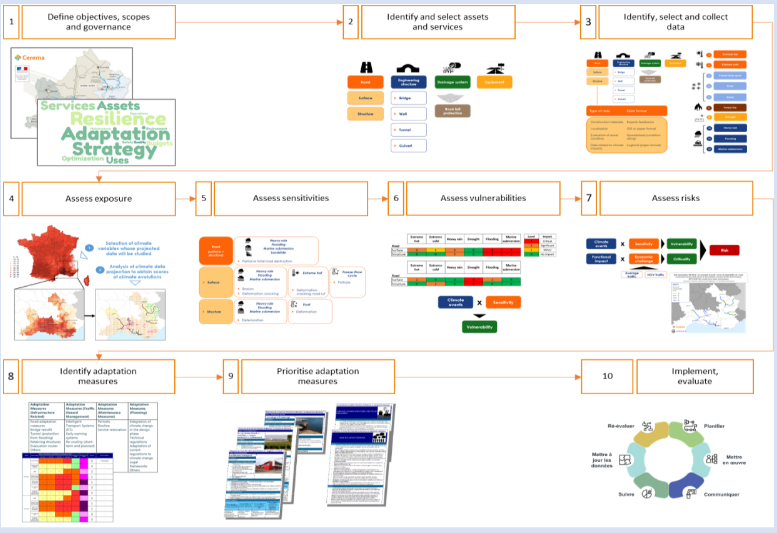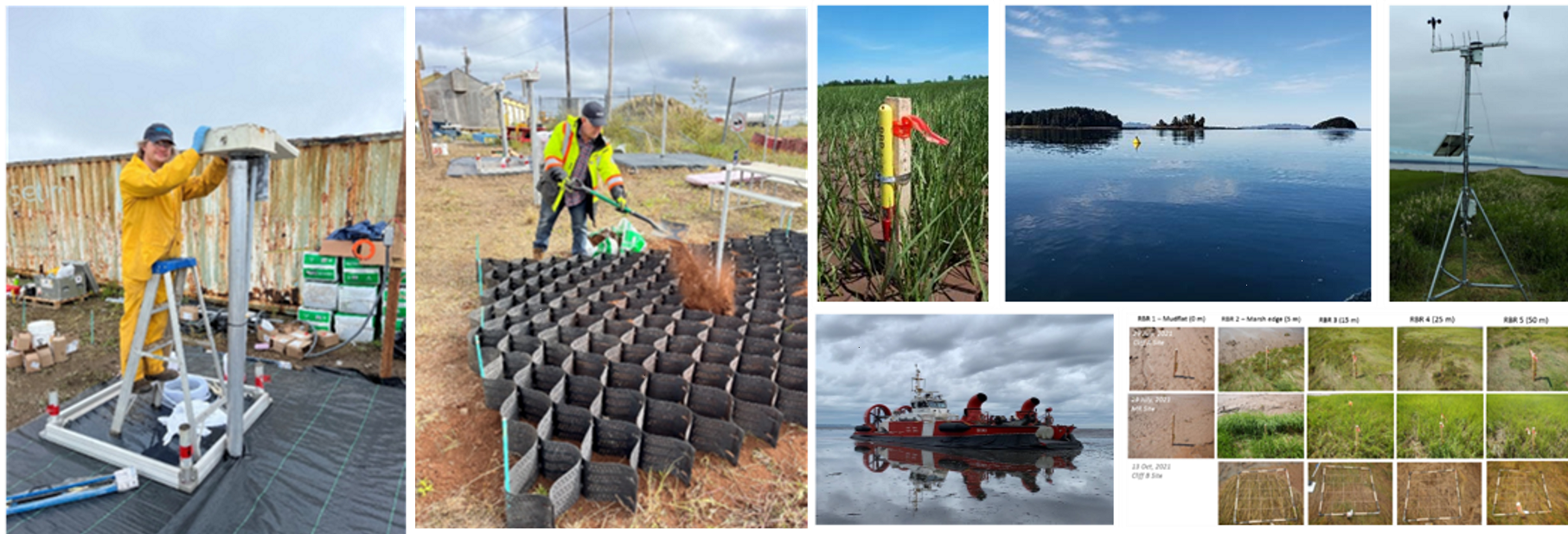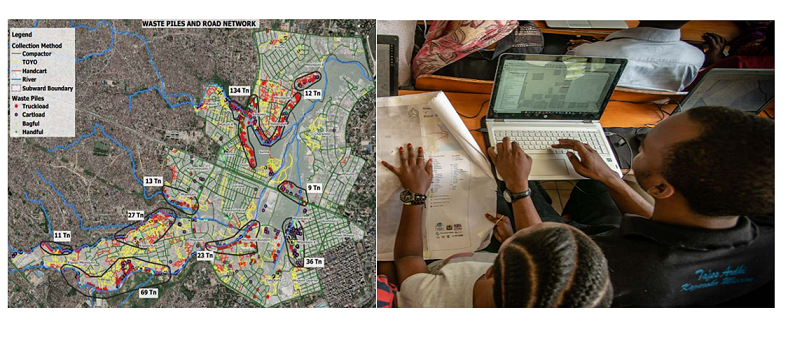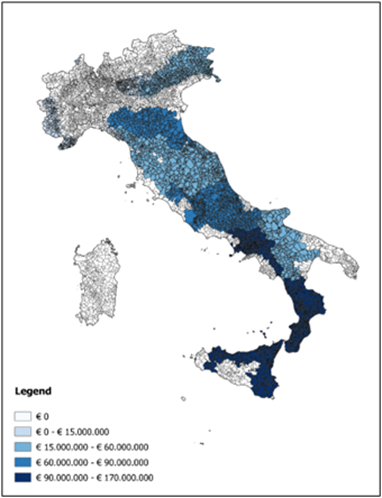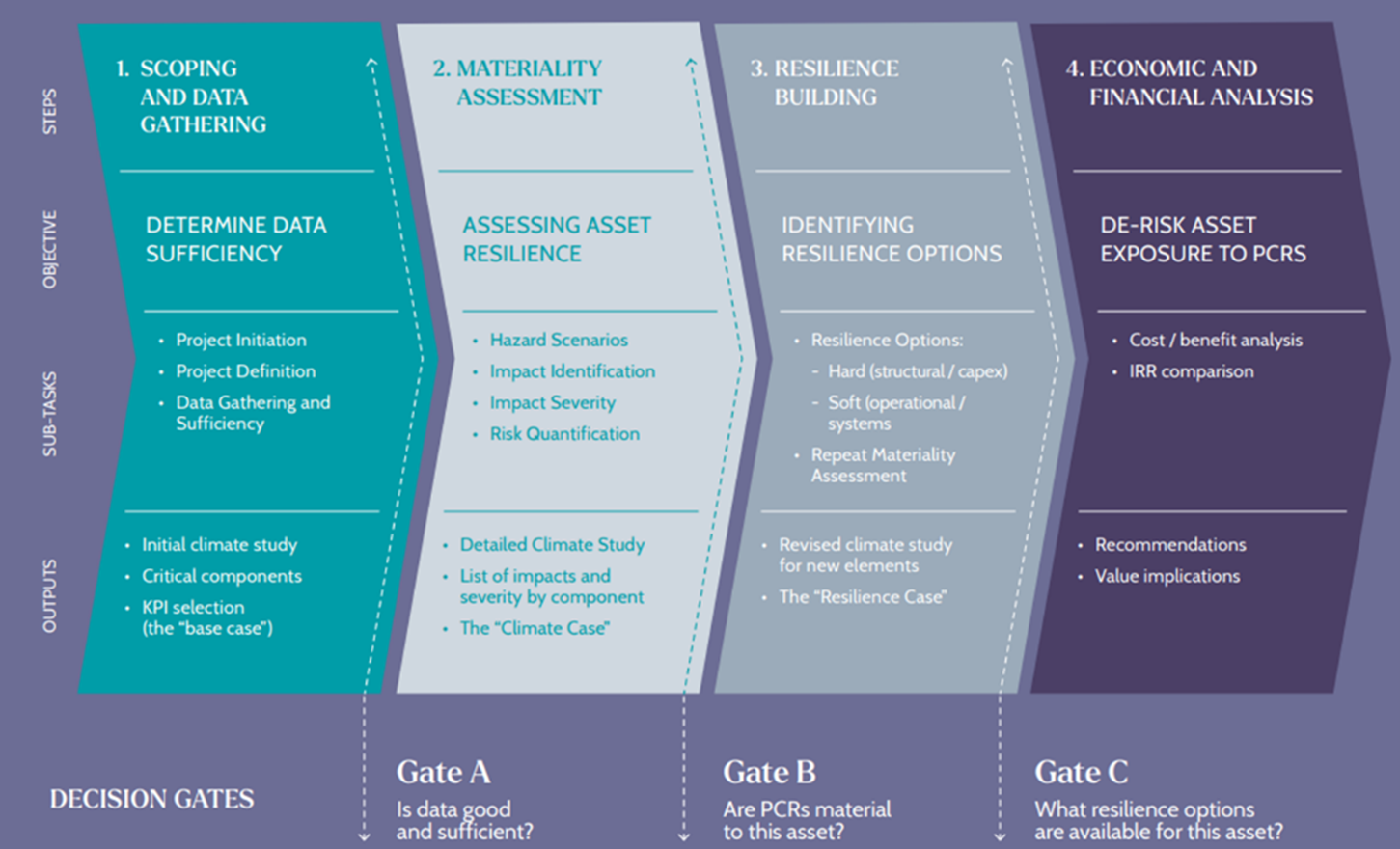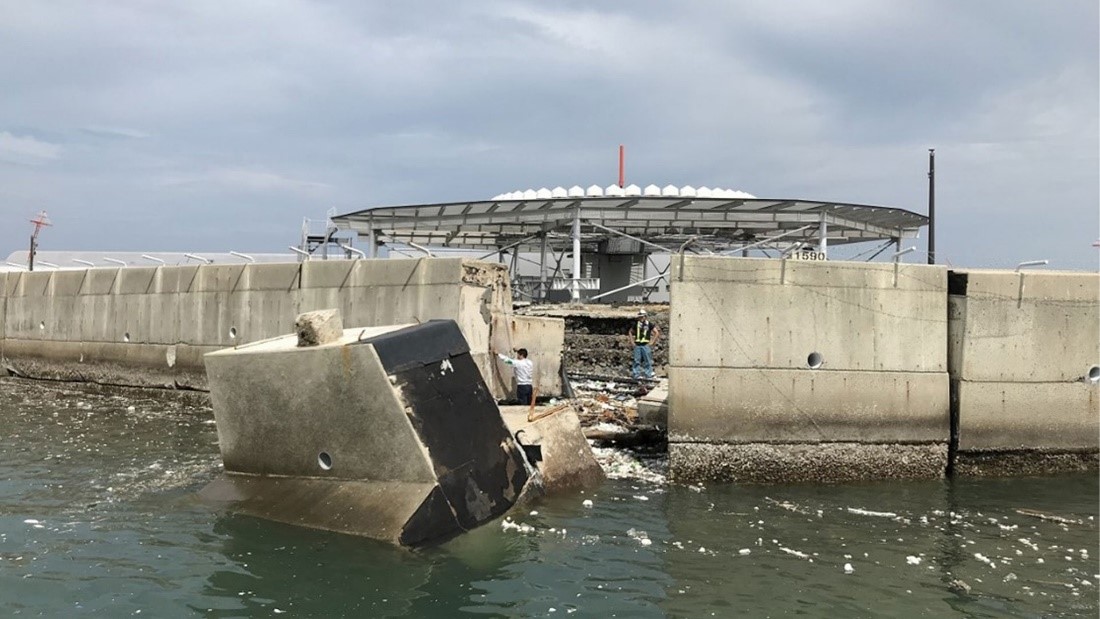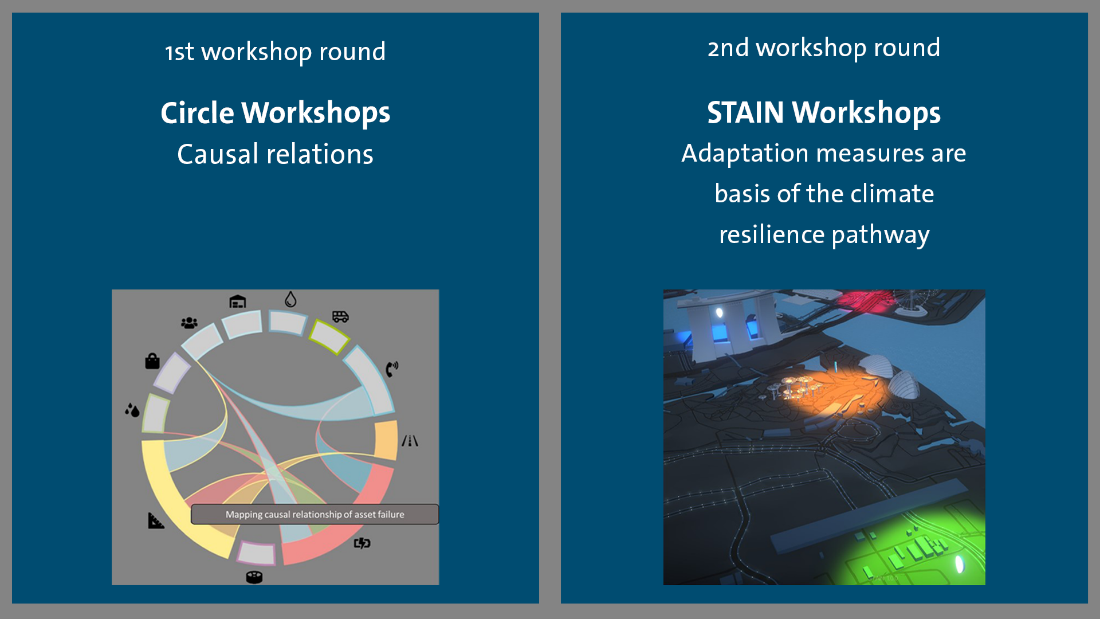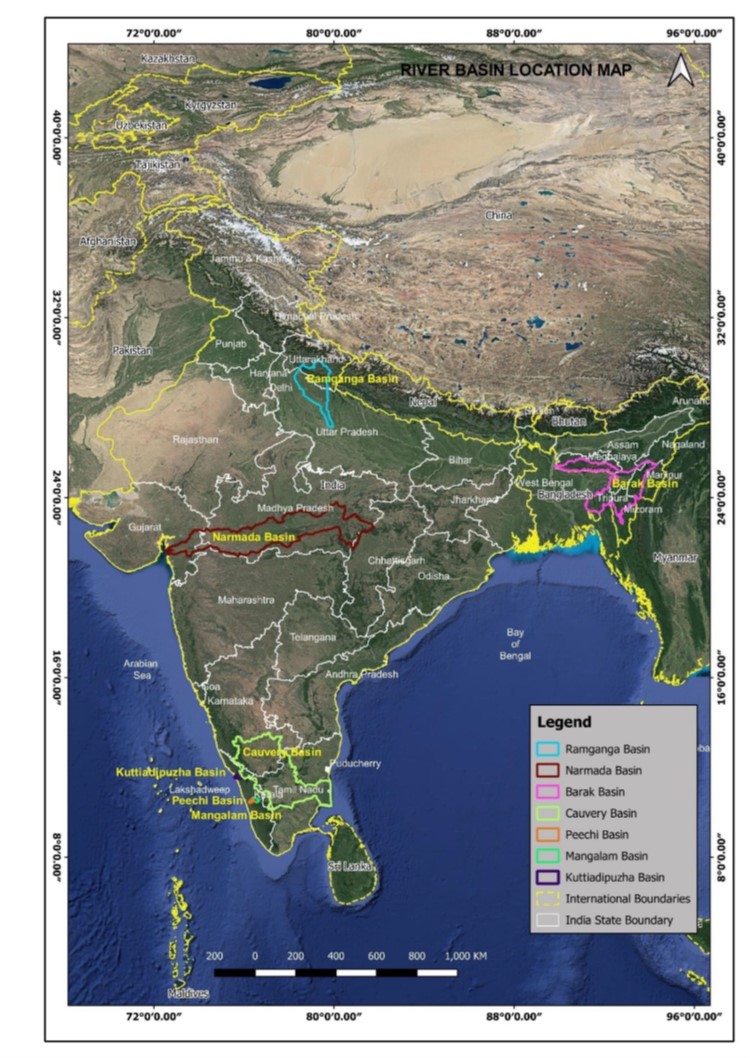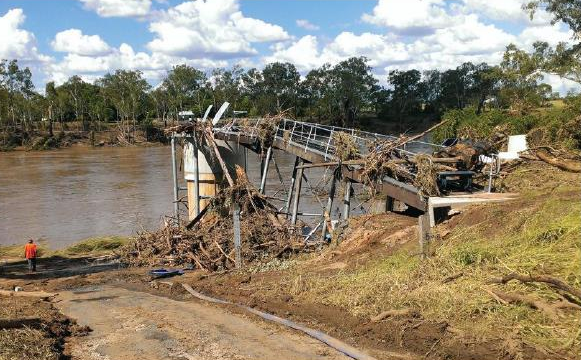 |
 |
 |
Flood Protection in High-Density Areas of Budapest
Introduction
Most of Hungary’s environmental and climatic challenges are related to water management. In the case of larger municipalities, this often means flood-related issues due to changing precipitation patterns and the high ratio of impermeable surfaces. Extreme weather events such as floods and heat waves in the capital region have the potential to affect a significant and increasing share of the Hungarian population.
About the Initiative
In the 16th District of Budapest, the population has grown by 65 % in the last seventy years. This has resulted in the rise of built-up area and impermeable surface ratio on private and public properties. The vulnerability of the area has further been affected by the area’s topography, which allows rainwater from the surrounding areas to drain into the district. This has, persistently, overloaded the combined sewage and drainage system during extreme weather events, and hence the low-lying areas in the district were flooded.
The proposed catchment- based approach was used to change the district’s building codes. The approach implemented regulations requiring residential properties to have at least 60% of green area ratio to decrease the runoff from private lands. In the case of new government road reconstruction projects, the regulations required that 50% of the budget be spent on establishing infiltration trenches to prevent the runoff from surrounding areas to flow into the district. In areas where the drainage system tends to overload, the implementation of nature-based solutions such as swales, permeable surfaces, rain gardens were proposed to slow down the runoff. The implemented strategy also prescribed the creation of lakes, creeks, and blue-green corridors in such areas. In addition, the municipality invests about EUR 30,000 per year on water retention tanks that are provided to residents to collect and utilize rainwater.
Nature-based solutions (NbS) were financed and implemented by the municipality, facilitated by a wide range of stakeholder involvement and consultation processes. The municipality also organized public events to raise awareness on the issue of flooding.
Learning & Impact
The rainwater management strategy was implemented in 2006 and various climate change adaptation-related measures have been constantly implemented since then. For instance, some parts of the Szilas Creek were rehabilitated in recent years but further works are planned to add recreational functions to the area.
Based on the experiences of the municipality, since multiple NbS were implemented, there have been no significant flooding issues during heavy rainfall in the district area. The elevated population density, the high share of developed land (70%, compared to 5-7% in other parts of Hungary) and fragmented land ownership in Budapest made the implementation of larger-scale NbS challenging. However, where planning conditions were homogenous, the same NbS type intervention was authorized within one process. This standardization simplified the authorization process, decreased bureaucracy, and speeded up NbS implementation. This district-level rainwater management strategy has the potential of being replicated at scale.
